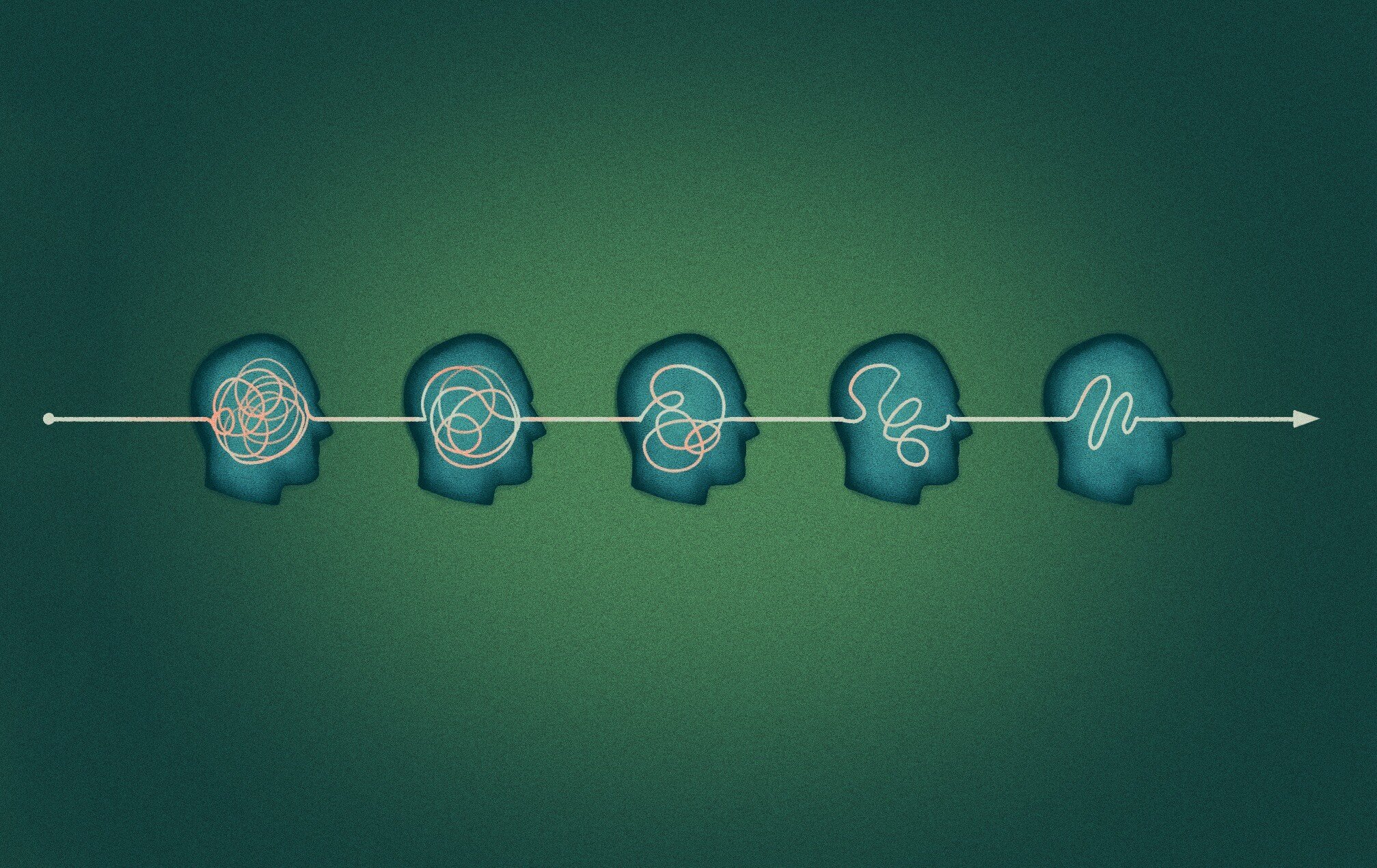If you’re living with chronic pain, pain neuroscience education (PNE) is an approach backed by research that can help you understand the role the brain and nervous system play in your pain. Through storytelling and metaphors, PNE makes complex concepts about pain in the brain accessible. This education is central to Fern, our digital chronic pain management program. Understanding your pain can help you overcome its limitations and reclaim your life.
Pain's Purpose
Pain can be a useful signal. Its purpose is to keep our bodies safe. For example, if you accidentally touch a hot burner, pain tells you to pull your hand away to prevent injury. And if you are walking and twist and sprain your ankle, pain tells you to stay off your foot for a while so your ankle can heal. When you have new pain, you can think of it like an alarm, telling you to stop doing what you are doing and protect your body.
It’s understandable then that it’s hard to ignore pain. But when pain lasts a long time, it becomes chronic and is very different from pain that resolves itself within a few weeks or months (acute pain). Understanding chronic pain can help you distinguish between acute pain alarms that are useful and long-term pain signals that have gone haywire.
What does PNE teach?
Simply put, PNE explains the connection between the sensation of pain and the brain. It describes why acute or new pain is biologically and emotionally different from chronic pain. While acute pain is often a true alam, signaling a threat or injury, PNE teaches how chronic pain is typically a false alarm. With chronic pain, your brain's alarm system remains turned on and more sensitive– even though there's no danger. Your ankle may have healed months or even years ago, but the pain persists.
Stress, past injuries, and mental health conditions like depression and anxiety can exacerbate pain, because of shared pathways in the nervous system and brain. Moreover, living with chronic pain is a challenge and can increase stress.
It makes sense that over time you may develop unhelpful thought patterns from living with chronic pain. Because acute pain is an alarm, we all naturally have some fear of it. But this natural fear can lead to kinesiophobia, the fear of movement. This can lead to avoiding activities, which can weaken and tighten muscles, increasing pain. Imagining the worst, like that your pain means something is horribly wrong medically, can also make your pain more intense. Fortunately, research shows that PNE can reduce these patterns and help you start to better manage your pain.
How Does Fern Use PNE?
In any healthcare situation, it's essential that, as the patient, you feel heard and understood. When you feel validated, you can build trust with your provider. This trust is even more critical when using digital health tools.
Within Fern, PNE plays a foundational role in validating that your pain is real and maintained by changes in your nervous system. We use PNE to teach you how certain skills, like movement, meditation, and cognitive-behavioral techniques can help you manage pain. Fern health coaches work with members to reinforce PNE concepts, and humanize the program, providing support, empathy, validation, and motivation. Together, we guide you toward a new relationship with your pain, one in which you get to reclaim the things that are important to you in life.


